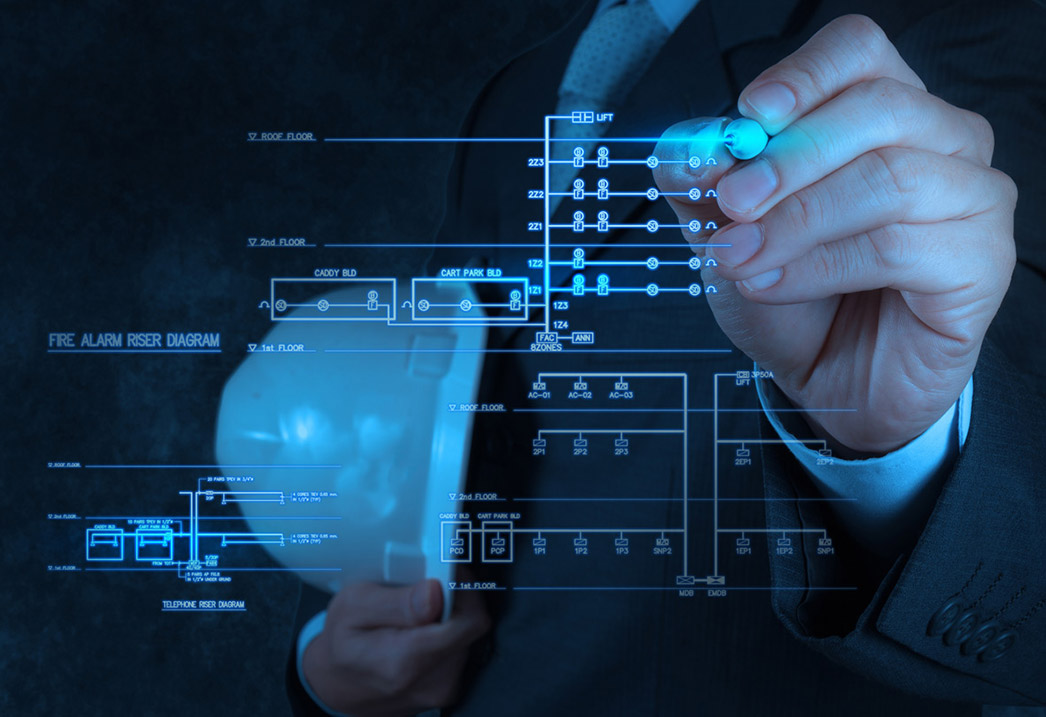The new Standard, ISO 50001:2018 follows the Annex SL Framework used for ISO 9001, 14001, 45001, etc. This means that organizations with multiple systems, who wish to integrate or align them, should find this to be an easier task. Those with a good ISO 5001:2011 Systems already implemented will find the route to implementation less difficult and will find a lot of common ground, as risk-based thinking should already be a core activity.
Organizations seeking to introduce multiple management systems will have a smoother integration because the structure, core definitions and generic text of the applicable standards are identical. This will simplify both the initial implementation and ongoing maintenance and auditing of such systems. This is the case for many organizations that enter the EnMS sphere after having implemented Quality or Environmental Management Systems that meet ISO 9001:2015 and ISO 14001:2015 requirements.
However, organizations will be required to address the following new issues:
- To design their systems based on their context i.e they have to consider the external and internal issues that may affect the ability of their EnMS to deliver its intended outcomes.
- Top management are required to demonstrate that they engage in key EnMS activities, as opposed to simply ensuring that these activities occur, seen by all employees as actively involved in the operation of the EnMS and as accountable for its results.
- Organizations to demonstrate that they have determined, considered and taken action to address any risks and opportunities that may affect the ability of their EnMS system to deliver its intended outcomes.
- Organizations need to be sure that the communication provided is consistent with the information generated within the EnMS, accurate, timely and properly directed.
- Operational level indicators are important to maintain focus on energy use and efficiency, ensure that energy is monitored and controlled where it is used, and identify deviations in performance at an early stage.
- In the design of new, modified and renovated facilities, equipment etc. that can have a significant impact on its energy performance, performance over the planned or expected lifetime has to be looked into when considering energy improvement opportunities.
- It is explicitly required that specifications are defined (as applicable) for the procurement of equipment and services, but now also for purchasing of energy.
Specific new requirements relating to Energy Management are:
- The Scope-To ensure that it has the authority to control its energy efficiency, energy use and energy consumption within the Scope and Boundaries.
- Energy Review-Clarified process related to significant Energy Use(SEU) and opportunities from Energy Review, identify a relevant variable, current energy performance and identify persons that influence or affect the SEU.
- Energy Performance Indicators-Determine Energy Performance Indicators (EnPI) to demonstrate energy performance improvement.
- Energy Baseline-Where the organization has data indicating that relevant variables significantly affect energy performance, to carry out normalization of the EnPI and take corresponding energy baseline to compare energy performance changes.
- Planning for Collection of Energy Data-Data to be collected or acquired by measurement as applicable, and retained as records and data collection plan to be reviewed at defined intervals and updated as appropriate.

